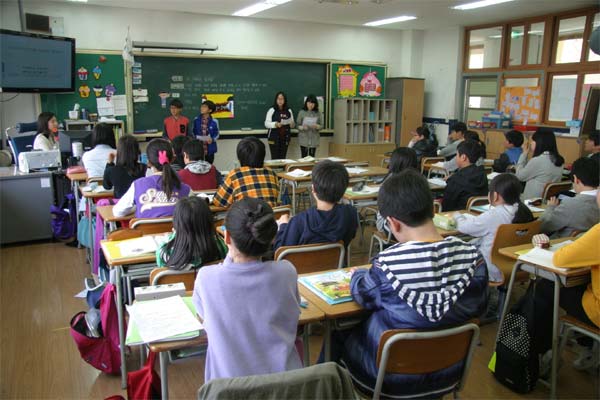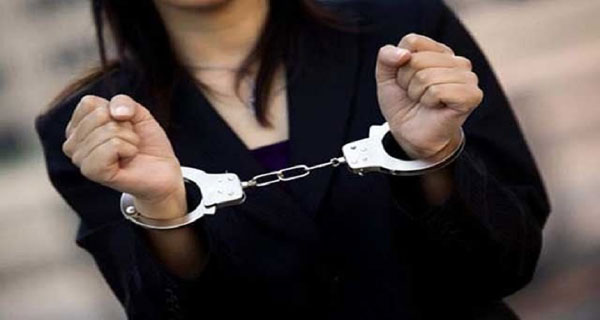By Dr. Tarek ElBaba
Abstract
Several theorists support the constructivist approach to learning, which prescribes that knowledge is an active process that is acquired through experience and interactions. In this article, the author looks at different lesson plans that are constructed based on constructivism and how teachers can help to establish critical thinking, problem-solving, and engagement. Explaining the examples of the practice and use of the main and additional strategies, including the description of lessons based on constructivism, the article proves the possibility of the application of constructivist principles to improve the results of schooling.
Introduction
Cognitive psychology, a theory that views learning as the construction of knowledge by learners, is called constructivism. It is for this reason, that this approach varies with other traditional education delivery systems where content knowledge is transferred from the instructor to the learner. Hence, constructivism promotes learning participation, cooperation as well as the practice of incorporating received information or knowledge with the already learned. This article discusses how one can apply the principles of constructivism in the classroom especially when planning lessons to enable students to get rich experiences.
Literature Review
The Constructivist theory of learning in education which was advanced by educationalists such as Jean Piaget and Lev Vygotsky strongly holds features that accord priority to the interactional, problem-solving, and active learner. It has been found that using a constructivist approach to organizing cooperative learning, group investigations, and meaningful thinking enhances comprehension and recall of information. This section presents influential constructivist literature and research findings on the class implementation of constructivist principles.
Theoretical Framework
The constructivist approach entails the development of lessons in a way that shows students various ways of doing things and allows them to ask questions and relate the new knowledge with what they already know. In this part, the theoretical background of constructivism, and how the principles of the theory can be used in developing lessons are discussed. It focuses on the teacher’s responsibility as an enabler, the concept of scaffolding, and the issue of how to address the needs of diverse learners.
Methodology
This study adopted a qualitative research approach to examine how constructivist principles were implemented in lesson planning by the teachers. Various teachers’ lesson plans were the data used to categorize them according to the given method characteristics: activities orientation, focus on exploration, and incorporation of real-life issues. Teachers’ interviews supplemented a better understanding of the situation and enrolled advantages and disadvantages of the constructivist approach.
Findings
The study findings indicated that lesson plans that incorporated constructivist learning as a development approach found the students to be more involved in higher orders of thinking, group work, and real-life problem-solving. The educators found out that their students had an increased desire to learn and were more capable of using their knowledge in new contexts. However, the following areas with challenges also surface; Time constraints, Standardized testing pressures on students, and the need to train teachers.
Lesson Plan Examples
1 . Mathematics Lesson Plan (Grade 5): Early Numeracy: Using Real-Life Contexts in Fractions
- Objective: Students will be able to appreciate the use of fractions through examples in real-life situations.
- Activity:
- Let the enhancement of the matter begin with a discussion about how fractions are used in our daily lives for instance in cooking, division, and so on.
- Present students with a problem: Lucky you! You have 3 pizzas for your eight friends to eat You have to divide 3 pizzas into 8 equal parts.
- Children solve the problem within pairs where the teacher provides the students with material assistance (e. g. fraction circles, paper pizzas).
- Teams share their recommendations, whereby they outline why they reached certain decisions and the process followed.
- The teacher engages the students in a discussion focusing on the various ways that were used and the introduction of equivalent faction ideas.
- Assessment: The students are also involved in coming up with their fraction problems related to a real-life situation and then strive to solve them.
2 . Science Lesson Plan (Grade 7): Studying Ecosystems in an Inquiry-Based Approach
- Objective: Children will learn about what makes up an ecosystem as well as the interaction between organisms that are a part of that system.
- Activity:
- Preliminary activities include taking the children for an outdoor activity such as an excursion to a nearby park or garden to identify plants, animals, and insects.
- To achieve that students write notes and gather information on the different species of animals they come across.
- When in the classroom, the students use the pairs to search for the kind of relationships that exist between these organisms, (For instance Predation and Commensalism relationships).
- Couples also draw the diagram of the ecosystem, indicating how various organisms are interlinked.
- The students explain their discovery to the rest of the group in a presentation and then the class has a general group discussion on the topic, ‘Biodiversity and Conservation.’
- Assessment: Students are required to write a reflection on what they have learned about ecosystems through this activity.
3 . History Lesson Plan (Grade 10): Role-Playing as a Method of Enhancing Students’ Knowledge about the Causes of World War I
- Objective: To help the students understand more about the multiple causes of World War I, the class will complete the role-play activity.
- Activity:
- Ambush: Divide the class into groups each of which is to be a country to World War One (for instance Germany, France, Russia, and Britain).
- Cite each group with historical facts concerning their nation’s angle and stakes before the war.
- Organize a diplomatic simulation where every team will have to state their point of view to their represented country and try to persuade other countries.
- The groups later engage themselves in a discussion where each member of the group defines the role and impact of a particular factor (for example, alliances, nationalism, and militarism) in the outbreak of the particular war.
The teacher debriefs students to pursue the purpose of the role-play and demonstrate the thinking process regarding the reasons for the war.
- Assessment: Students will also have to prepare a position paper which should express the opinion of the country they were assigned to and will answer the question of what they discovered during the role-play that explains the causes of WWI.
Discussion
The present study implies that, despite the clear advantages of constructivist approaches in terms of students’ motivation and comprehension, their practice entails many peculiarities requiring certain planning and assistance. In this section, the author presents an analysis of the implications of these findings for educators and policymakers and focuses on the desirability of professional development and curriculum aimed at facilitating a constructivist approach to teaching and learning.
Conclusion
The theory of constructivism provides a strong background on developing lesson plans that may allow students to improve their learning abilities and develop critical thinking skills. It is possible to argue that the attitude toward constructivist principles should be adopted to develop appropriate strategies and techniques that will make learning processes more effective and productive. This however is a process that needs a continued process of professional development, cooperation, and integration of many aspects of teaching such as curriculum and assessment for constructivism and learning.
References
- Piaget, J. (1971). *The three major theories of cognitive development: The Theory of Stages* In D. Green, M. Ford, and G. Flamer (eds), *Measurement and Piaget* p. 1-11. McGraw-Hill.
- Vygotsky, L. S. (1978), ‘Interaction between Learning and Development,’ Society for Education, Information, and Knowledge. *Mind in Society: Higher Psychological Processes – Their Development. Harvard University Press.
- Brooks, J. G., & Brooks, M. G. (1999). *In Search of Understanding: Transcendental Arguments in the Context of Constructivist Learning Environments: The Case for Constructivist Classrooms. ASCD.
- C. T. Fosnot, (2005) *Constructivism: Theory, Perspective and Practice*. Teachers College Press.
- Jonassen, D. H. (1994, August). Learning, instruction, and media environments as vehicles for the export and import of knowledge. *Thinking Technology: Towards constructivist design model: Research discussion and proposition. Educational Technology, 34(4), 34-37.





















